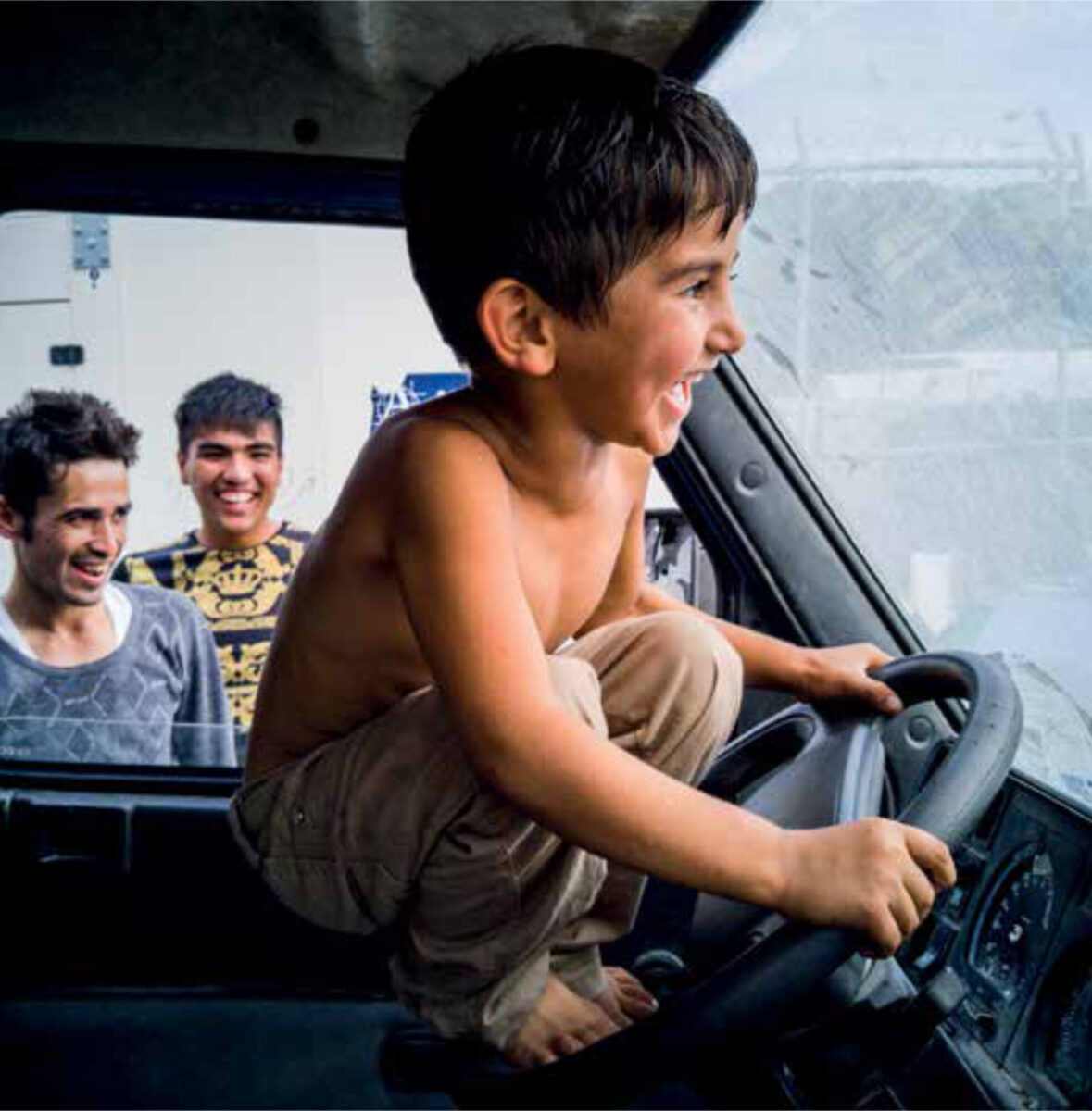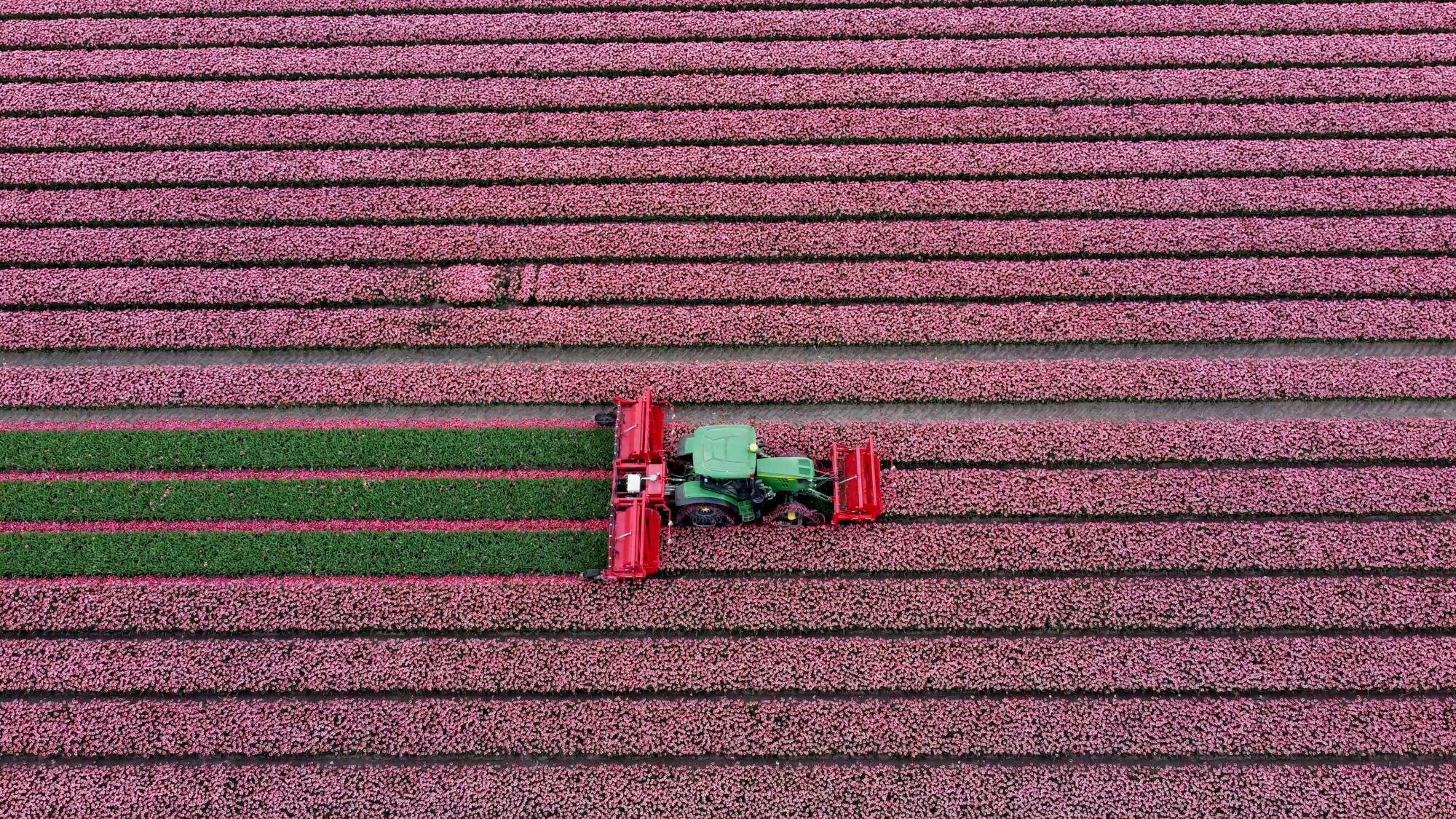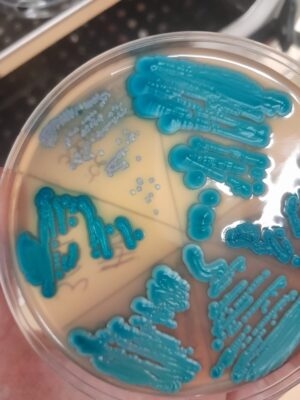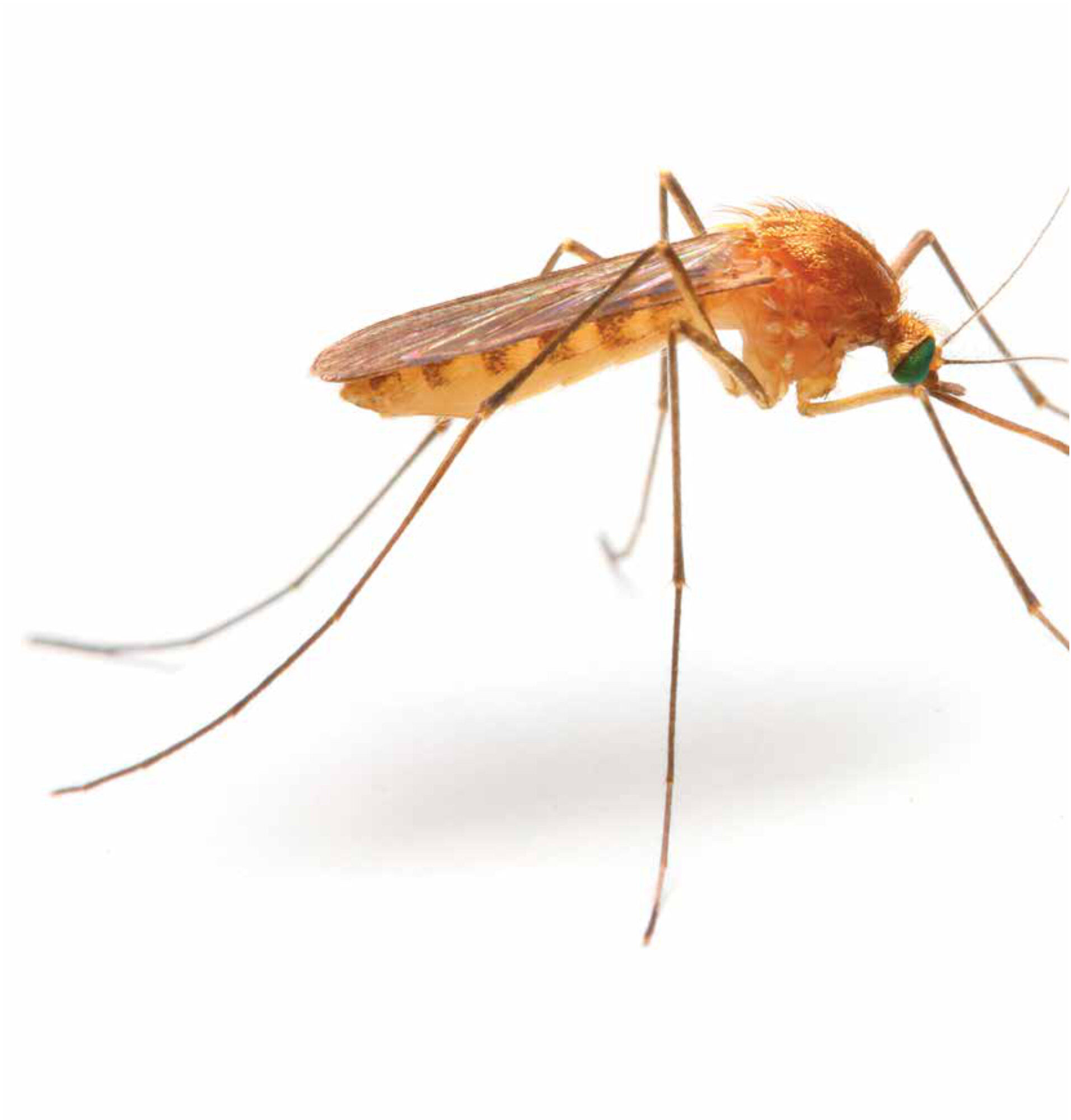Main content
Each year, around 30,000 people request asylum in the Netherlands.[1] Of these, nearly one-third are children. Nearly a third of these children have travelled to the Netherlands without parents or adult family members. An already vulnerable group has moved away from their home country and now has to deal with a foreign culture and language.
Due to their place of origin and history, refugee children are at risk of specific health issues. Examples include anaemia, hepatitis B and C, HIV, tuberculosis, parasitic infections, vitamin deficiencies, malnutrition, incomplete vaccination status, and psychological disorders.[2] Therefore, prevention and early diagnosis of medical and psychosocial problems is necessary. In the Netherlands. Health care for these children is organized by a number of different organizations, so it is difficult for children and parents to achieve an oversight of where to find care, and difficult for health care workers to coordinate the care.
Personal motivation
In this interview, Sara Sahba, a medical doctor, speaks about the challenges faced by these children regarding their health care. Sahba currently works for the organization Expertise Center Children and Adolescents New in the Netherlands (EKANN). She was interviewed because of her strong focus on health care for refugee children.
When asked what her personal motivation is to focus on this particular group, Sahba explains “the realisation that more can and has to be done. This comes from my personal experience of knowing what an impact a flight from a country has on a family and on a child. Even though I was only one year old at the time, I was still a refugee and had to start anew. This can mean that a health disadvantage has already developed. I find it quite painful that we cannot offer the right health care to the children who need it the most. The realisation that I am willing and able to do something about that drives me.”
| “I find it quite painful that we cannot offer the right health care to the children who need it the most.” |
Vulnerable health
Refugee children in the Netherlands are vulnerable. The reasons include higher risk of psychosocial problems, lack of access to health care in the country of origin, lack of timely treatment, or regional differences in disease prevalence. Sahba: “The health of these children is further endangered by the organisational mismatch between shelter and health care, such as when a child is transferred to another part of the country, or when a child comes too late to the attention of health care professionals. These children profit the most from timely health care and treatment. Unfortunately, they do not always get that.”
The right to health potential
Sahba finds that, in order to attain health equity, these children have to be given the chance to reach the same health potential as children born in the Netherlands. “In the Netherlands there is a high standard of care. Even before birth, a lot of check-ups are done on the health of the child. Also after birth, screenings are done that are normal for the Dutch health system, but not for large parts of the world. Children that have not received all these screenings and check-ups already have a certain disadvantage. They are not necessarily ill, but they do already lag behind. Much is unknown about the health of these refugee children. This can be decisive for what first has to be done in the health care for these children.” Sahba comes with the example of paediatricians keeping a wider scope in the analysis of refugee children in the outpatient department, and therefore considering diseases that children born in the Netherlands have already been screened for. She also mentions that prevention of transferral to another part of the country while the child is analysed in the outpatient department is recommended, giving the child a better chance to attain a good health potential. Unfortunately, this is not a given practice.
| “They are not necessarily ill, but they do already lag behind.” |
Essential collaboration
Collaboration between different organizations is essential. Sahba: “When the health care system is not organised to recognize the health care needs of these children and ensure child health and wellbeing by providing care accordingly, a lot of effort is done by individual professionals with little result.” Sahba gives the example of a three-year old boy with a rare syndrome requiring a special diet and daily activity. However, he lived for six months in an asylum centre where that was not possible. He deteriorated physically and mentally. Other examples include children who have been properly screened at the initial intake in the Netherlands, but who have subsequently been transferred three times throughout the Netherlands and who therefore end up being seen by a paediatrician much too late. “There must be a better way to provide health care for these children. How can the collaboration between different health care professionals improve? And also between health care professionals and the coordination of asylum seeker centres?”
Ekann
That is the focus of the organization Expertise Center Children and Adolescents New in the Netherlands (EKANN), set up by Sahba together with paediatrician Albertine Baauw.[3] EKANN facilitates collaboration between health care professionals and gives advice regarding specific health care issues. Sahba: “It is very encouraging to see what is happening. In several regions in the Netherlands, networks are being formed in which general practitioners, doctors working in youth health care, and pediatricians collaborate. They hold periodic multi-disciplinary meetings to evaluate what is going well and what needs improvement in the health care for refugee children, and how they can further improve collaboration to solve these problems. The goal is for this collaboration to spread throughout the Netherlands.”
Another aim is to improve knowledge and give advice regarding specific health care issues in refugee children. Baauw had a leading role in the publication of a new guideline for the Dutch association for paediatric health care (NVK). The guideline concerns evidence-based additional examinations for refugee children (new to the Netherlands) with specific health care risks.[2] Additionally, the guideline focuses on ensuring efficiency and continuity of health care for this population.
EKANN also functions as a centre where cases can be reported in which the health of a child is threatened, or where the accessibility, continuity or quality of health care is under pressure. “In one year, 40 cases were reported. This data helps to recognize where improvement is needed most.”
Conclusion
“The final goal is that the health care for these children is improved and institutionalized.” EKANN now functions based on fundraising and personal enthusiasm, but this is not sustainable. Government recognition and funding are needed. Refugee children in the Netherlands have the right to the same standard of care as everyone else in the Netherlands.

References
- Centraal Bureau voor de Statistiek. Hoeveel asielzoekers komen naar Nederland? [Internet] Available from: www.cbs.nl/nl-nl/dossier/dossier-asiel-migratie-en-integratie/hoeveel-asielzoekers-komen-naar-Nederland. [Accessed 4th April 2023]
- Nederlandse Vereniging voor Kindergeneeskunde. Leidraad nieuwkomersonderzoek door kinderartsen. [Internet] Available from: www.nvk.nl/themas/kwaliteit/richtlijnen/richtlijn?componentid=239009792&tagtitles=. [Accessed 4th April 2023]
- Stichting EKANN. Over EKANN. [Internet] Available from: www.ekann.nl/over-ekann. [Accessed 4th April 2023]



















































